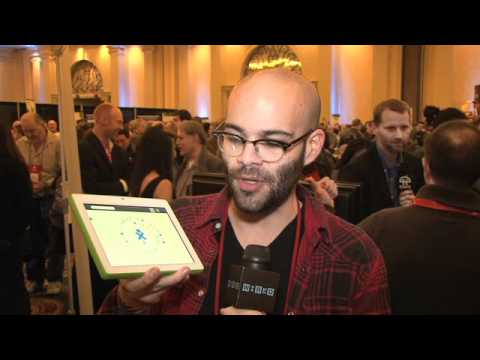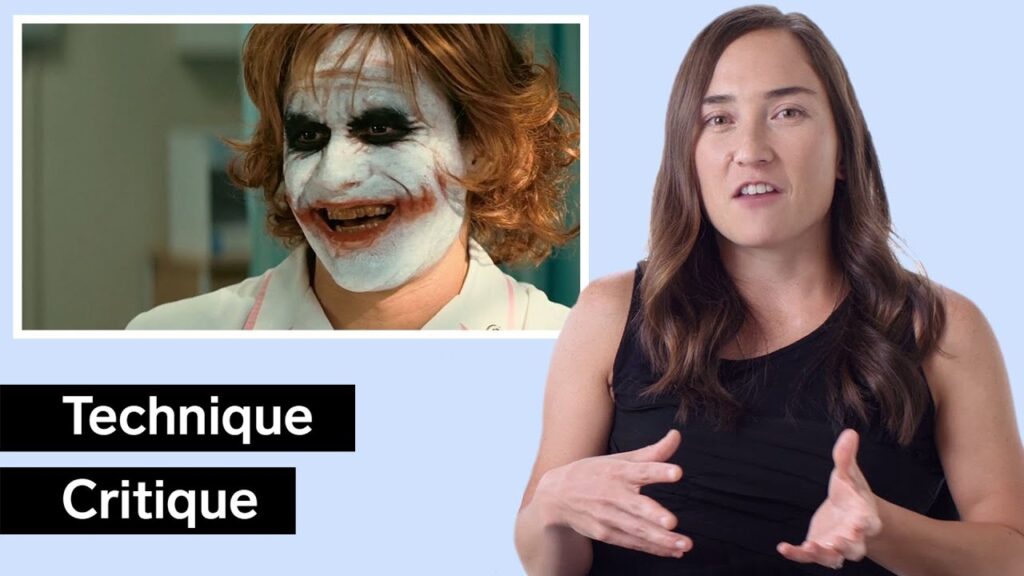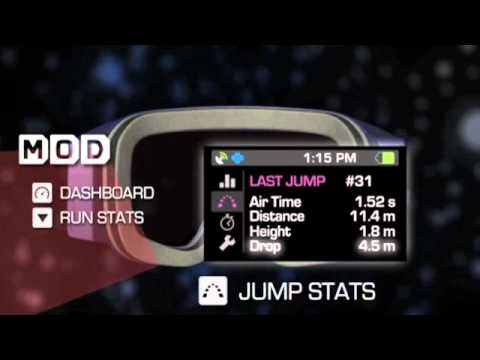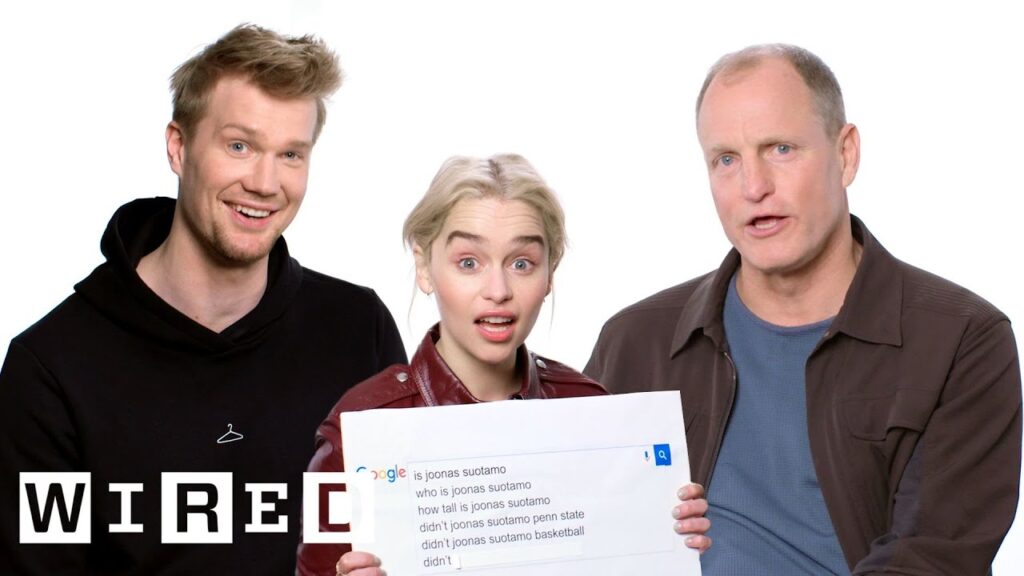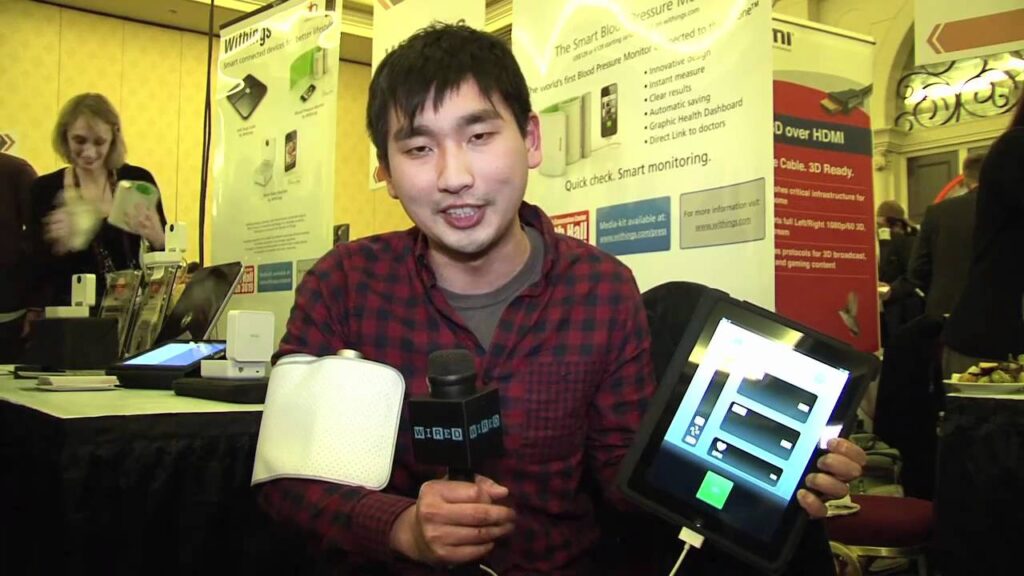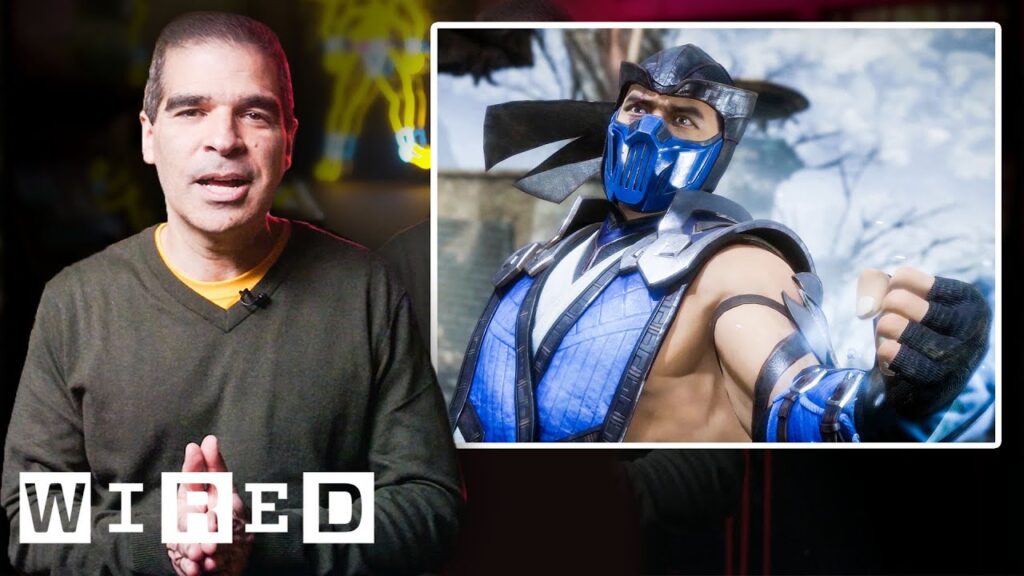The Magic Behind the Pixies in Maleficent: A Closer Look at Digital Domain’s Process
Summary
In this article, we take a closer look at the digital effects in the making of the Disney film Maleficent. Specifically, we examine how the team at Digital Domain tackled the challenging task of creating realistic digital versions of the flower pixies, which needed to appear both in their normal size and as a smaller, cuter version. The article explores Digital Domain’s process of breaking down each stage of the production separately to achieve a perfect clone of the actress, which they then used to animate the digital pixie characters.
Table of Contents
- Introduction
- What makes creating digital versions of characters so difficult?
- How did the team at Digital Domain approach this challenge?
- What is image-based lighting, and how did it help in this production?
- What are the benefits of Digital Domain’s process?
- Conclusion
Introduction
Maleficent is a visually stunning film that features elaborate visual effects that transport the audience into a fantastical world. However, few people realize the amount of work that goes into creating realistic digital characters for the film. In particular, the flower pixies presented a unique challenge, as they needed to appear both in their normal size and as a smaller, cuter version. In this Q&A article, we sit down with the experts at Digital Domain to explore how they tackled this difficult task.
What makes creating digital versions of characters so difficult?
Matching a fully digital character to a real actor is an extremely difficult task, particularly when it comes to the face. The slightest variation in facial expressions or proportions can convey a different emotion or feeling, making it crucial for the digital character to appear as lifelike as possible. It’s also difficult to pinpoint where something has gone wrong in the final clip, as there are so many variables to consider.
How did the team at Digital Domain approach this challenge?
To achieve the desired results, Digital Domain took a longer and more complex approach, breaking down each stage of the production separately. They combined motion capture data with light stage scanning to produce an accurate model of the actress. This allowed for “image-based lighting,” which enabled them to view the real actress under any lighting configuration or natural light. They then created a completely digital version of the actress, and only once they had produced a perfect clone did they move on to animate the digital character.
What is image-based lighting, and how did it help in this production?
Image-based lighting is when the lighting in a scene is based on photographs taken of real-world environments. In Maleficent, it was used to create a lifelike model of the actress, which was then used as the basis for the digital characters. By matching the lighting in the virtual world to the lighting in the real world, the digital characters looked more realistic and believable. It also allowed the team to scrutinize each aspect of the digital character’s appearance individually.
What are the benefits of Digital Domain’s process?
The main advantage of Digital Domain’s approach is its flexibility. Because they produced a perfect digital clone of the actress, they were able to make changes to the character’s proportions or appearance with ease. Additionally, the staged approach allowed them to analyze each aspect of the character individually, ensuring that everything looked just right. Although it may seem time-consuming and expensive, the results speak for themselves.
Conclusion
Creating realistic digital characters is a daunting task, as every detail must be exactly right for the character to appear lifelike. However, Digital Domain’s detailed and time-consuming process produced the desired results, leading to realistic and believable digital characters that added to the magic of Maleficent. By breaking down each stage of the production and examining each aspect of the character’s appearance individually, the team was able to match the lighting, facial expressions, and proportions, making the digital characters look like living, breathing entities.
